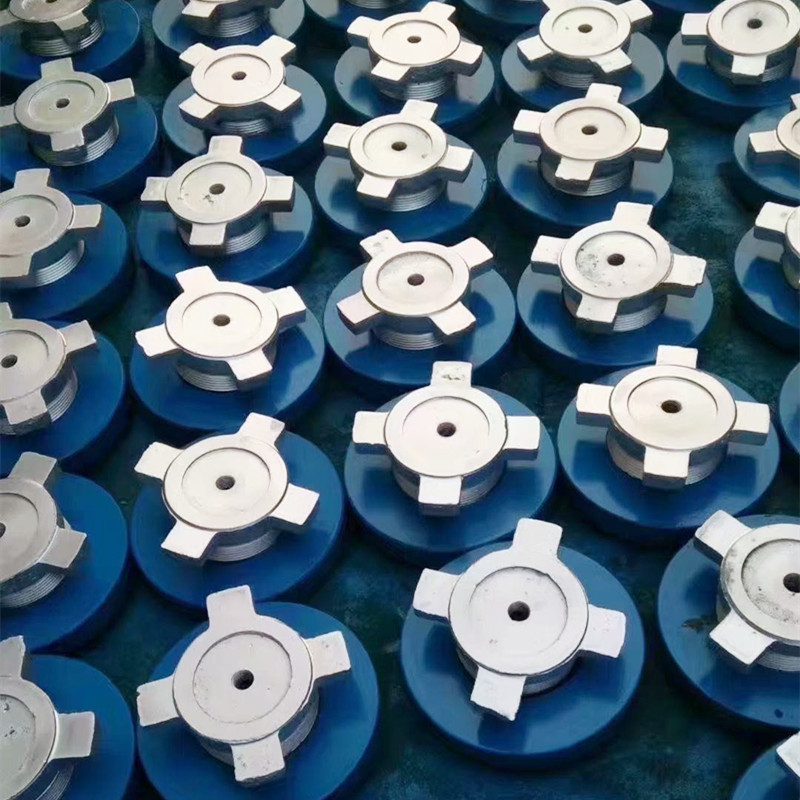12 月 . 04, 2024 16:26 Back to list
Understanding the Functionality and Applications of Pin Gauge in Precision Measurement
Understanding Pin Gauges A Comprehensive Overview
Pin gauges are precision measuring tools used predominantly in manufacturing and engineering sectors to achieve high levels of accuracy in dimensional measurement. Unlike traditional rulers or calipers, pin gauges are specifically designed to measure the diameter of holes, the thickness of materials, and various other dimensions with exceptional precision. This article delves into the significance, types, applications, and advantages of pin gauges.
What are Pin Gauges?
Pin gauges, also known as plug gauges, are cylindrical instruments made from high-grade materials, often hardened steel, that can measure a variety of diameters. They come in a range of sizes to accommodate different measurement needs, typically in accordance with established standards. Their design is straightforward—a solid cylinder with a specified diameter on one end, which allows them to be inserted into a hole or fitting to check for size consistency.
Types of Pin Gauges
Pin gauges can be categorized based on their functions and structures
1. Go/No-Go Gauges Commonly employed in manufacturing, these gauges consist of two pins—one labeled as 'Go' and the other as 'No-Go'. The Go pin should fit the hole or dimension being measured while the No-Go pin should not, thus providing a clear pass/fail assessment.
2. Master Gauges These are used to calibrate other measuring instruments. They provide the exact standard that other tools should be measured against, ensuring overall accuracy.
3. Precision Pin Gauges These are used for high tolerance measurements, often essential in precise engineering tasks. They tend to have a higher degree of accuracy compared to standard pin gauges.
Applications of Pin Gauges
Pin gauges find diverse applications across various industries
- Manufacturing In production lines, pin gauges are used to ensure that parts fit together correctly, which is crucial for components like automotive parts, airplane fittings, and machinery.
pin gauge

- Quality Control Quality assurance teams utilize pin gauges to measure and confirm the dimensions of products before they are approved for distribution
. This reduces the likelihood of faulty products reaching the market.- Tool Making In conditions requiring exact specifications, pin gauges help toolmakers create cutters, dies, and molds that adhere to strict dimensional standards.
- Engineering Engineers frequently use pin gauges in design and prototyping to verify dimensions and tolerances in new products.
Advantages of Using Pin Gauges
The use of pin gauges presents numerous advantages
1. Precision Pin gauges are designed to be highly accurate, making them indispensable tools in settings where even the smallest deviation can compromise integrity.
2. Ease of Use Their simple design allows for quick and straightforward measurements, enabling operators to efficiently check dimensions without needing extensive training.
3. Durability Made from tough materials, pin gauges can withstand rigorous use, maintaining their dimensional accuracy over prolonged periods.
4. Cost-Effectiveness Given their reliability and longevity, pin gauges constitute a worthwhile investment for many manufacturing and engineering operations.
5. Versatility With a wide range of sizes and types, pin gauges are versatile tools that can be employed in numerous settings, from small workshops to large-scale production facilities.
Conclusion
Pin gauges are an essential tool in the arsenal of engineers and manufacturers, contributing significantly to quality control and precision measurement in a variety of applications. Understanding their types, functions, and advantages can help businesses enhance their production processes and uphold product integrity. As industries continue to evolve, the importance of reliable measuring tools like pin gauges will undoubtedly remain pivotal in achieving optimal performance and maintaining high standards in manufacturing and engineering.
-
Y Type Strainers: A Comprehensive GuideNewsOct.18,2024
-
Understanding Water Valve Options for Your NeedsNewsOct.18,2024
-
Functions and TypesNewsOct.18,2024
-
An Essential Component for Fluid SystemsNewsOct.18,2024
-
Adjustment and ReplacementNewsOct.18,2024
-
Slow Closing Check Valves: A Key Component in Fluid SystemsNewsOct.08,2024
Related PRODUCTS









